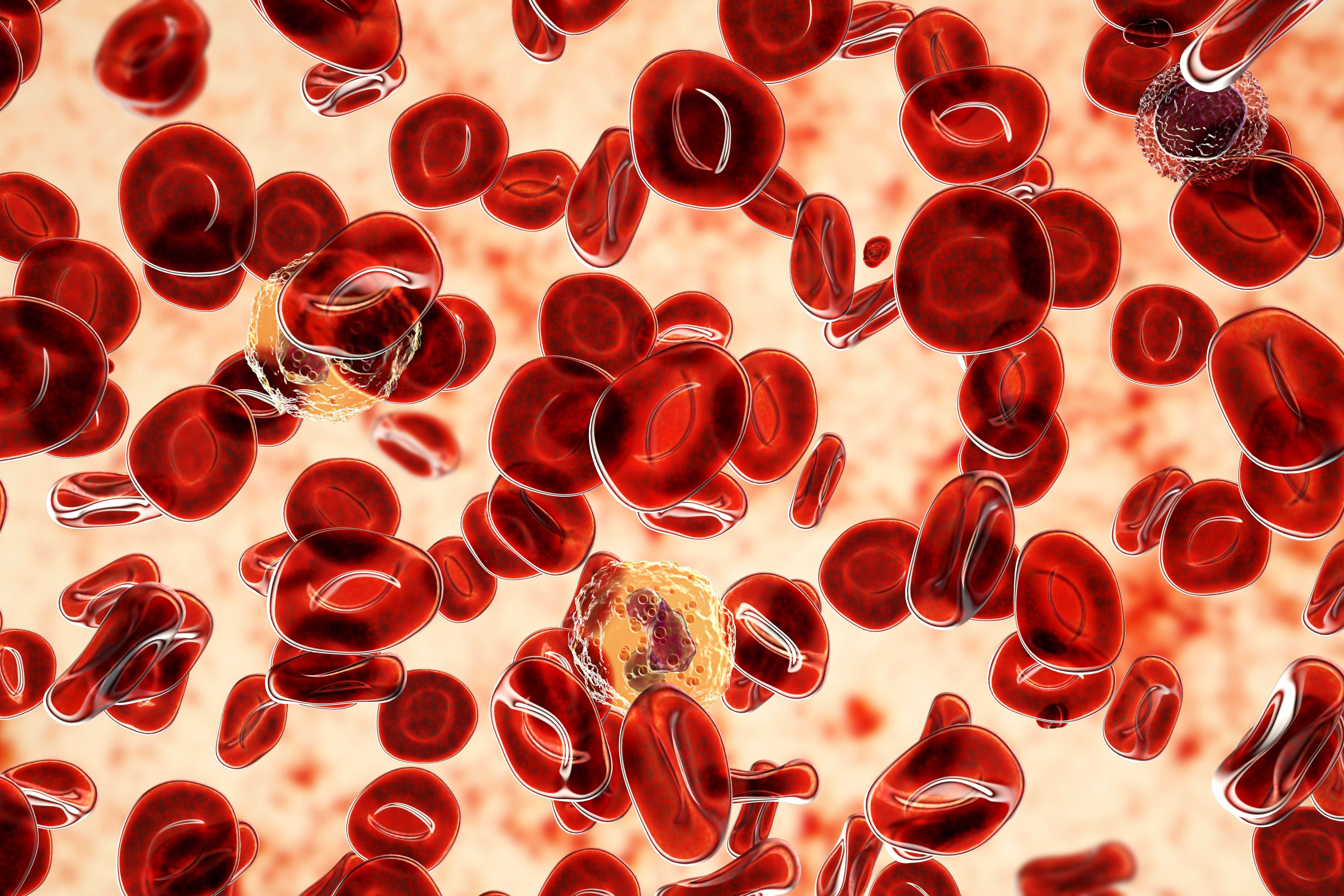Article
MRD an Exciting Advance, but Not Ready for MM Care Yet, Review Says
Author(s):
A new opinion article suggests minimal residual disease (MRD) is not yet ready for “prime time” in the clinic, even though it’s already making a major impact on clinical trials.
The continued integration of minimal residual disease (MRD) as a decision-making tool in the treatment of multiple myeloma (MM) should eventually lead to personalized treatment strategies and ultimately better long-term survival, but the technology is not yet ready for everyday use in the clinic, according to a new opinion piece in Advances in Cell and Gene Therapy.
The piece is authored by Susan Bal, MD, and Luciano J. Costa, MD, PhD, both of the O’Neal Comprehensive Cancer Center at the University of Alabama at Birmingham. They began by noting that, for most eligible patients, high-dose therapy with novel therapeutic agents followed by autologous hematopoietic cell transplant (AHCT) is the typical course of therapy. MRD can be used to reassess the disease following those therapies, and has significant implications for a patient’s prognosis.
“Patients attaining MRD under a certain threshold experience improved outcomes,” they wrote. “In fact, as the sensitivity of the assay evaluating MRD improves, the discriminatory power of the test approves in parallel.”
The question, though, is whether MRD can eliminate the need for AHCT in some patients.
Bal and Costa noted that AHCT continues to play a primary role in countries with limited access to novel agents. However, they said trial data suggests that transplantation is associated with longer progression-free survival (PFS), though not a benefit in terms of overall survival (OS). The authors said it’s possible an OS benefit has not yet been demonstrated simply because OS in newly diagnosed patients is improving in general, and thus a longer follow-up period might be required before an OS benefit to AHCT could be seen.
Bal and Costa also noted, however, that high-dose melphalan has been shown to confer a small risk of secondary malignancies, especially when combined with lenalidomide (Revlimid)-based maintenance therapy.
“As patients with myeloma live longer, these therapy related complications are important to discuss with patients and may influence their decision,” they wrote. “However, given proven benefit of AHCT, it is offered to all newly diagnosed myeloma patients.”
Bal and Costa then discussed the role MRD might play in eventually changing that paradigm. They said the data on AHCT in the era of novel therapies is not yet conclusive, as some research has suggested that AHCT may improve the depth of response even with the latest, most efficacious novel therapeutic regimens. Because of that, they argue AHCT should remain a part of the treatment of newly diagnosed transplant-eligible patients.
What’s next on the horizon is the potential use of MRD for therapeutic decision-making and adaptation of strategies based on MRD response. They noted that patients who achieve MRD <10-6 have superior PFS and OS, and that the International Myeloma Working Group (IMWG) added MRD <10-5 to their response criteria back in 2016. Furthermore, they said, such approaches are already being used in diseases such as acute lymphoblastic leukemia and chronic myelogenous leukemia. Bal and Costa said several ongoing studies are currently using MRD as a primary endpoint in MM.
“Early literature suggests the feasibility of this approach, and additional follow-up will unravel if such strategies result in long-term disease control and improved survival,” they said.
Bal and Costa said in individual patients, the use of MRD testing before and after AHCT could help clinicians better understand the impact of particular therapeutic interventions.
The authors concluded by discussing the implications for clinicians practicing today. They cautioned that bone marrow MRD testing methods, such as next generation sequencing, multi-parametric flow cytometry, and allele-specific oligonucleotide-polymerase chain reaction have not all been fully validated analytically. They said clinicians ought to enroll patients in clinical trials, but they said it’s not yet appropriate to change therapeutic practice in the clinic setting.
”Presently, we do not want to issue guidance to change therapy based on MRD until more data are available and more uniform testing and reporting becomes established,” they said.
Reference
Bal S, Costa, LJ. Leveraging minimal residual disease to reassess autologous hematopoietic cell transplantation in multiple myeloma. Adv Cell Gene Ther. Published online June 30, 2020. doi: 10.1002/acg2.97





